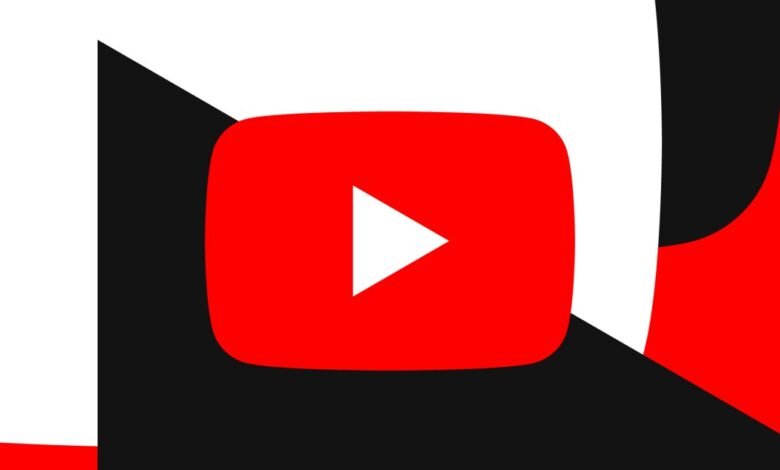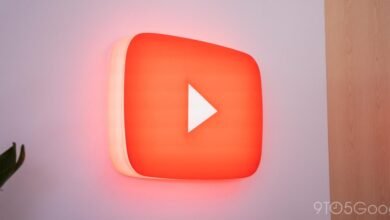Control YouTube’s AI Upscaling on Your Videos

▼ Summary
– YouTube is introducing AI-powered upscaling for videos uploaded below 1080p to HD, with future plans for 4K upscaling, and both creators and viewers can opt out.
– Creators retain control with original files preserved and a clear opt-out option, while viewers can still watch videos in the original resolution with upscaling labeled in settings.
– The upscaling feature applies only to videos uploaded in 240p to 720p resolutions, excluding those already remastered to 1080p by creators.
– New features include an instant shopping tool via QR codes for tagged products and expanded video thumbnail support up to 50MB for 4K images.
– Additional updates involve immersive homepage previews, a new Shows design for binge-worthy seasons, and improved contextual search prioritizing channel-specific videos on TV.
YouTube is rolling out a suite of new features designed to enhance the viewing experience on television screens, including a streamlined shopping tool and significant visual improvements for lower-resolution videos. A key update involves the platform using artificial intelligence to automatically upscale videos originally uploaded in resolutions below 1080p, bringing them to a high-definition quality. The company has also indicated that support for upscaling to 4K resolution is planned for the near future. Crucially, both video creators and their audiences will have the ability to opt out of this AI-powered enhancement.
According to the official announcement, creators maintain full control over their content. The service will preserve the original video files and their native resolution, while providing a straightforward option to disable these visual upgrades. For viewers, the original uploaded quality will remain accessible, with any AI-upscaled versions being clearly marked within the video settings menu.
This move towards AI upscaling is not entirely new in the television world. Most major TV manufacturers already integrate some form of this technology directly into their sets, a response to the proliferation of larger screens and the normalization of 4K as a standard. Similarly, Nvidia offers a comparable feature on its Shield TV streaming devices. What makes YouTube’s approach noteworthy is the built-in opt-out mechanism. This directly addresses past grievances from creators who felt the platform applied visual filters to their work without permission, sometimes leading to unintended and unflattering distortions.
A YouTube spokesperson clarified that the automatic upscaling will be limited to videos uploaded at resolutions ranging from 240p up to 720p. This ensures that older content, which creators may have already manually remastered to 1080p, will not be affected by the new AI processing.
Beyond resolution enhancements, YouTube is making other significant changes. The file size limit for video thumbnails is being dramatically increased from 2MB to 50MB to accommodate 4K images. The platform is also conducting tests with a select group of creators to allow for larger video uploads. On the commerce front, a new instant shopping feature will soon allow viewers watching a video with tagged products to use their smartphone to scan a QR code displayed on their TV. This action will take them directly to the product’s purchase page. YouTube is additionally trialing a function that lets creators highlight specific products at timed moments within their video playback.
The updates extend to general navigation and discovery. Viewers will encounter more immersive homepage previews, making it simpler to browse through their favorite channels. A redesigned “Shows” layout is being introduced for creators who organize their videos into binge-worthy seasons, similar to the structure found on streaming services like Netflix. Furthermore, contextual search results on TV are being refined; when a viewer initiates a search from a specific creator’s channel page, the results will prioritize videos from that channel rather than pulling in content from the entire platform.
YouTube emphasized its commitment to the television experience, noting that the TV screen represents its most rapidly growing surface, and these features are intended to help creator content stand out.
(Source: The Verge)


